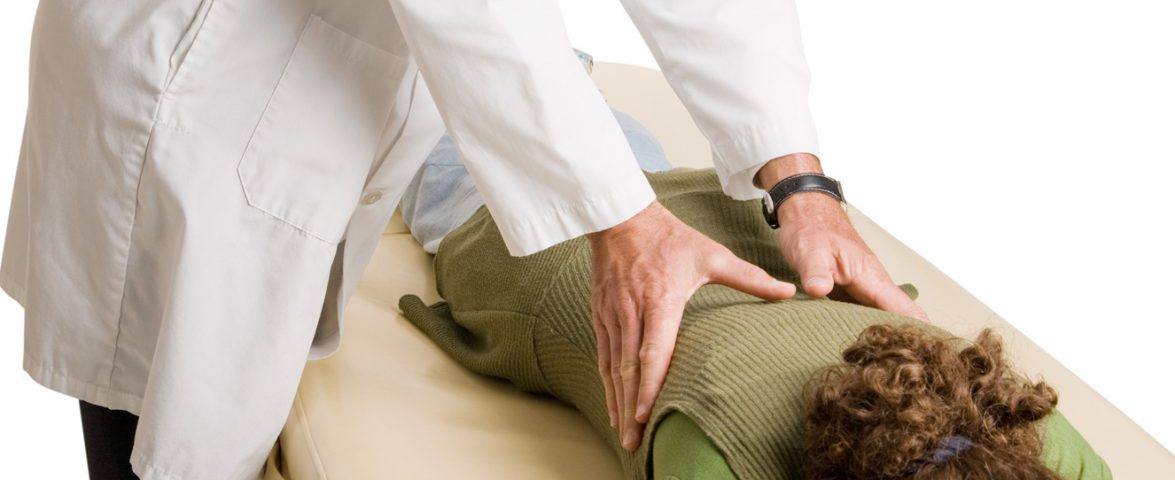Often appearing during childhood, scoliosis is a condition characterized by an abnormal curvature of the spine. According to the Centers for Disease Control and Prevention (CDC), it’s a condition that affects about 2-3 percent of the population in the United States. Most cases of scoliosis are mild and will require little or no treatment. It’s only when the abnormal development of the spine presses on nearby nerve roots or contributes to other instances of chronic pain that treatment becomes necessary.
What to Look For
Age-related changes to the spine (degeneration) may contribute to the development of scoliosis in adulthood. If the condition affects the upper or middle back (idiopathic scoliosis), signs and symptoms may include one shoulder being higher than the other one, the rib cage appearing higher on one side (“rib hump”), an uneven waist, or the body appearing to tilt to one side while standing. Some patients may also experience:
- Back or neck pain with no other clear source
- Abdominal pain
- Muscle spasms
- Muscle weakness and numbness
Diagnosing Scoliosis
In children, scoliosis is often diagnosed during routine medical exams or physicals, which often include the Adam’s Bend Forward Test. During this test, the patient is asked to bend forward with their arms reaching towards the floor so any signs of an uneven appearance can be observed. Some mild spinal curvatures are detected or confirmed with image tests. Such tests will also determine if there are other issues with the spine. A positive diagnosis of scoliosis may also involve a magnetic resonance imaging (MRI) scan or a computerized tomography (CT) scan.
Treatments for Scoliosis
Typically resulting in a “C” or “S” shaped curvature, scoliosis is often periodically observed with X-rays to monitor the extent of the curve. Treatment may be recommended if the curvature exceeds 25 or 30 degrees. Bracing is frequently recommended to prevent the curve from progressing in children with a developing spine and discontinued during puberty. treatment of scoliosis may also involve:
- Electrical stimulation of muscles
- Spinal fusion or decompression surgery
- Non-steroidal anti-inflammatory drugs (NSAIDs)
Unless symptoms are severe or potentially life-threatening, surgery for scolosis is a last resort and only recommended if the curvature is greater than 45-50 degrees. Many patients respond well to therapeutic spinal exercises. Eating foods with natural anti-inflammatory properties, such as green, leafy vegetables, nuts, and fatty fish, and chiropractic adjustments may also ease any discomfort associated with scoliosis.

